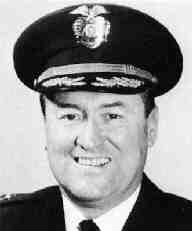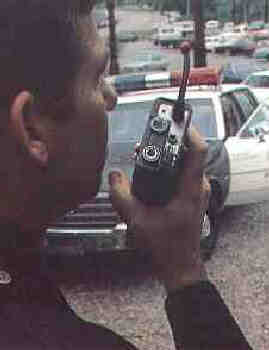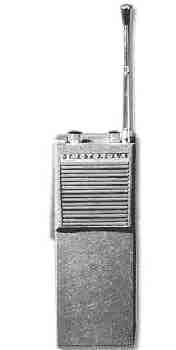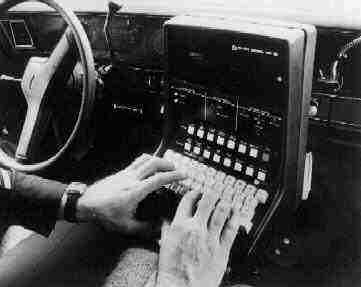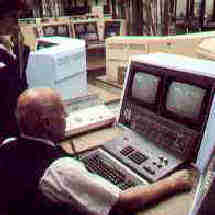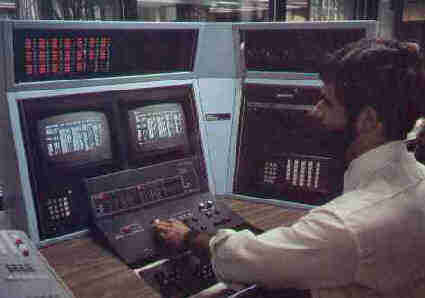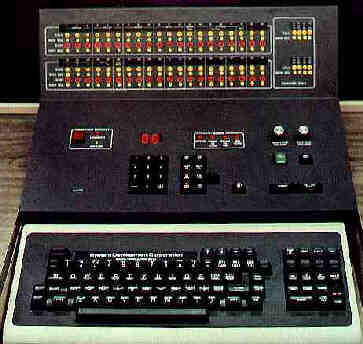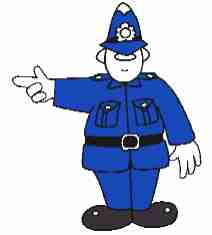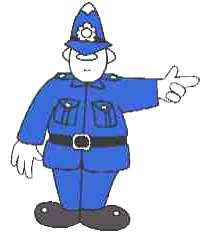In the late 1960's, under the direction of Chief Tom Reddin, the department embarked on a mission to see if and how "space age" technologies could be put to use in the long-term by LAPD. It had become apparent that the dispatching system was quickly becoming obsolete, and would not be capable of handling expected call volumes in the 1970s and 1980s. |
|||
Chief Thomas Reddin |
Reddin's
staff began working with Hughes Aircraft Company to study
the existing communications system's efficiency and
effectiveness, and developed a conceptual design for
updating it. In 1972, under Chief Edward Davis, Jet Propulsion Laboratories performed a detailed analysis of those ideas, found them to be practical and technically feasible, and proposed a phased implementation number of years. |
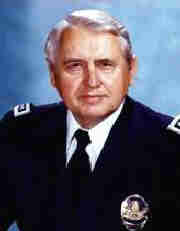 Chief Edward M. Davis |
|
| His expertise with LAPD had centered on
investigation and law, but one of Tom Reddin's last
assignments before becoming Chief was the command of
Technical Services Bureau, where he gained first-hand
knowledge of the capabilities, shortcomings and potential
of the department's communications system |
Although
he was almost universally known as "Crazy Ed"
by his officers, Davis was one of the most knowledgeable,
innovative, and competent leaders the LAPD has ever had.
It was during his administration that many of the
Communications |
||
|
|
|||
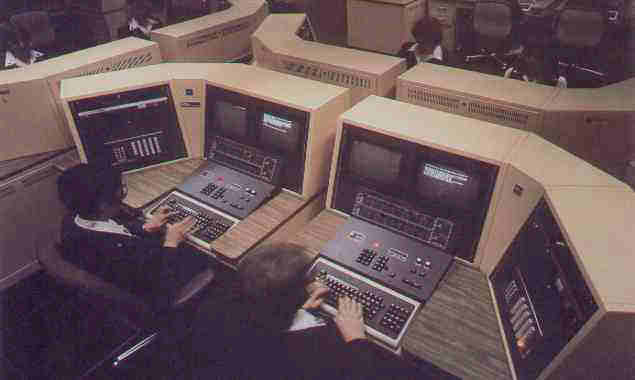 |
|||
The culmination of those far-sighted plans was the "Emergency Command Control Communications System" (ECCCS, pronounced "X"), which consisted of five subsystems: |
|||
|
|||
